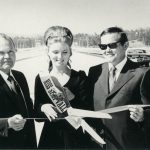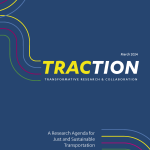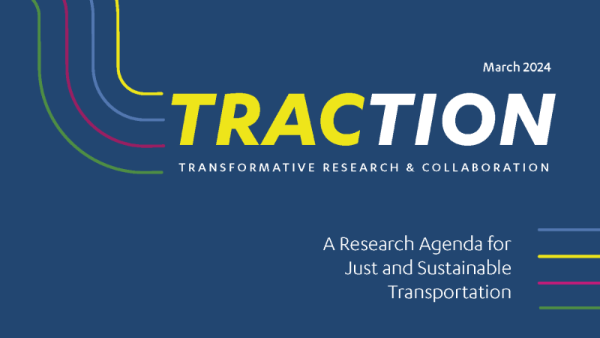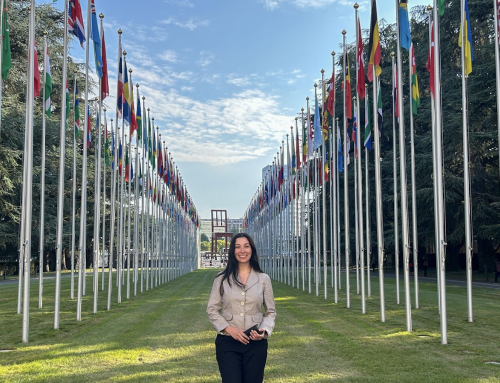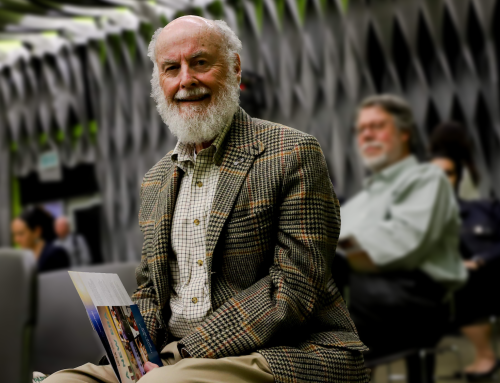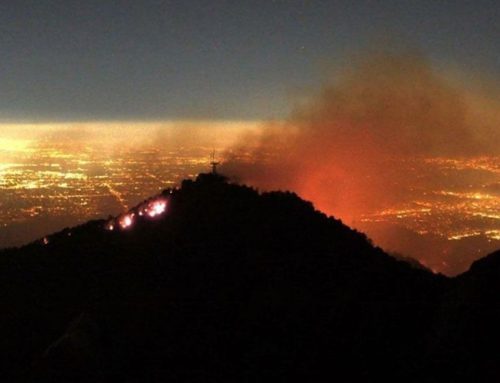From UCLA to the World: Urban data science course goes global

In today’s rapidly evolving landscape of urban planning, data science tools have become indispensable resources for planners and researchers alike. From mapping city trees to predicting traffic conditions during an emergency, these tools harness urban data from diverse and unexpected sources.
With the rapid growth of artificial intelligence and machine learning, understanding the power and limitations of these tools is more important than ever. This is in part why Professor Adam Millard-Ball decided to make an urban data science course, previously exclusive to UCLA students, accessible online to a wider audience.
“Some students will go on to use these skills in their day-to-day work, but even for those who won’t, it’s important to know what these techniques can and can’t do, both practically and ethically,” said Millard-Ball, professor of urban planning and lead of the environment program area with the UCLA Institute of Transportation Studies. “When working with colleagues or trying to hire consultants, it helps to have a sense of what’s easy and what’s difficult — but still possible — and what the real limitations of these tools are.”
The course delves into a variety of essential skills, including web scraping (extracting content and data from a website), natural language processing (finding patterns in written materials), and machine learning. It also covers important discussions surrounding the ethical issues and biases inherent in data science. Each of the 10 modules includes readings, recorded lectures, quizzes, and practice exercises that were developed for a UCLA graduate-level course.
Millard-Ball first created the recorded lectures for his students to watch before class so that they could spend the class time practicing the skills in person and discussing the topics. However, he realized that the materials would also be useful to others: students who couldn’t take the full course but wanted to learn a specific skill, students who took the course but might need a refresher while using the tools for a future project or job, students at other institutions, alumni who graduated before data science became an important part of the curriculum, and other mid-career professionals interested in data science.
While non-UCLA students will not have the benefit of classroom synergy, Millard-Ball hopes that these users will form small study groups or commit to practicing on their own. As he noted, “You can’t learn data science just from watching a video, you actually have to do it.”
Urban data science tools can be particularly useful for uncovering findings that would not have been possible through manual data collection.
In his research, Millard-Ball has used text analysis to “read” tens of thousands of articles to determine attitudes about urbanization and has analyzed data from millions of kilometers of mapped streets around the world to study connectivity and walkability. Last year’s UCLA class developed a predictive model to determine where new warehouses — a major contributor to environmental injustices from local air pollution — were likely to be located in the Inland Empire, east of Los Angeles.
Millard-Ball emphasized the importance of democratizing access to data analysis tools as they grow in prominence.
“All of the tools we use in this course are open-source and available for free, so it’s partly an attempt to give back — it’s only fair to make the lecture videos, exercises, and other course materials available to anyone who wants to use them.”
For those eager to embark on the data science journey, the course materials can be found at urbandatascience.its.ucla.edu.
Recent Posts
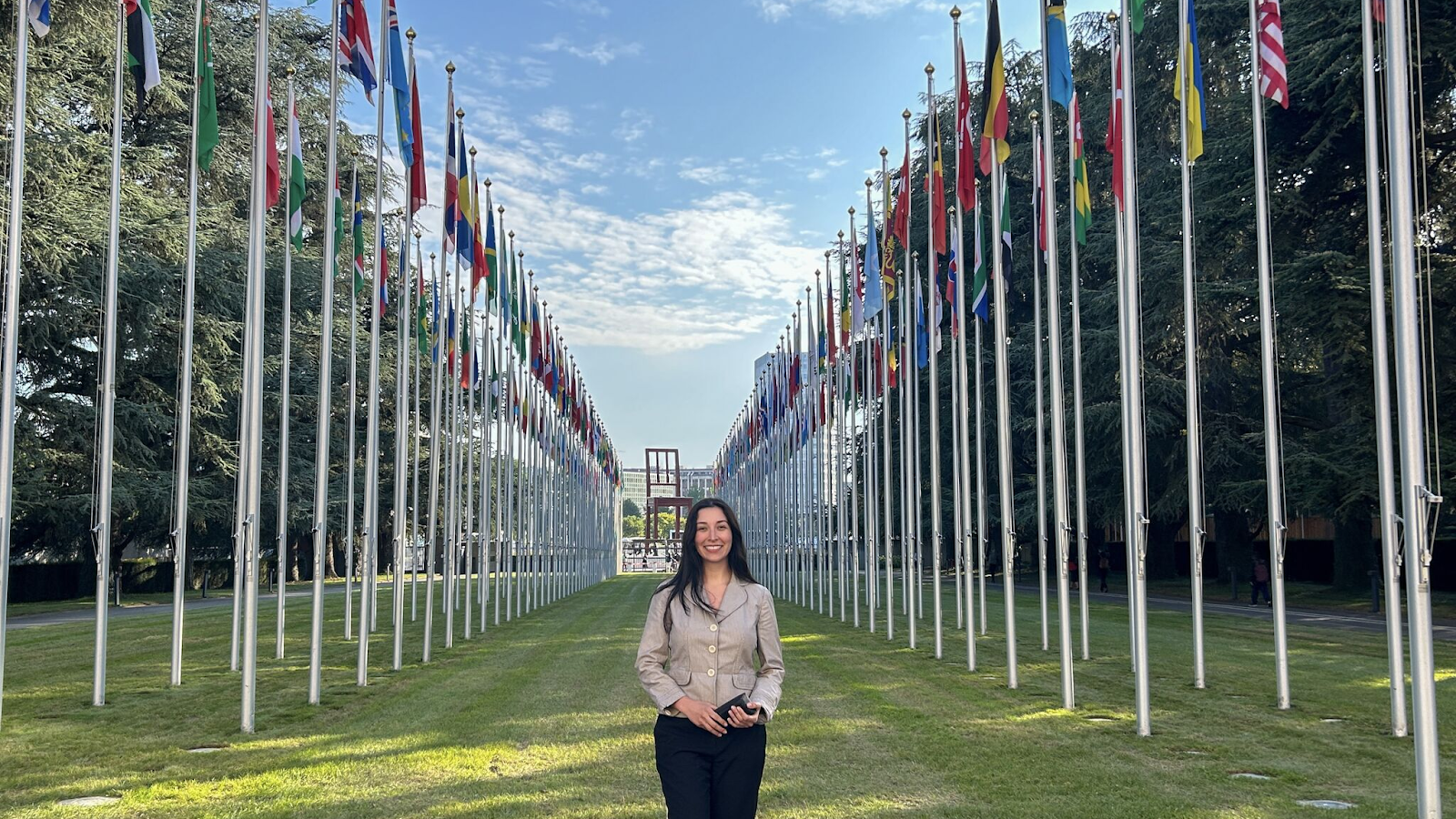
MURP student ‘speaking up’ for equity in transportation and planning
Veronica De Santos spent a semester abroad in Geneva, where she called on global leaders to invest in underrepresented voices shaping the future of sustainability and transportation.
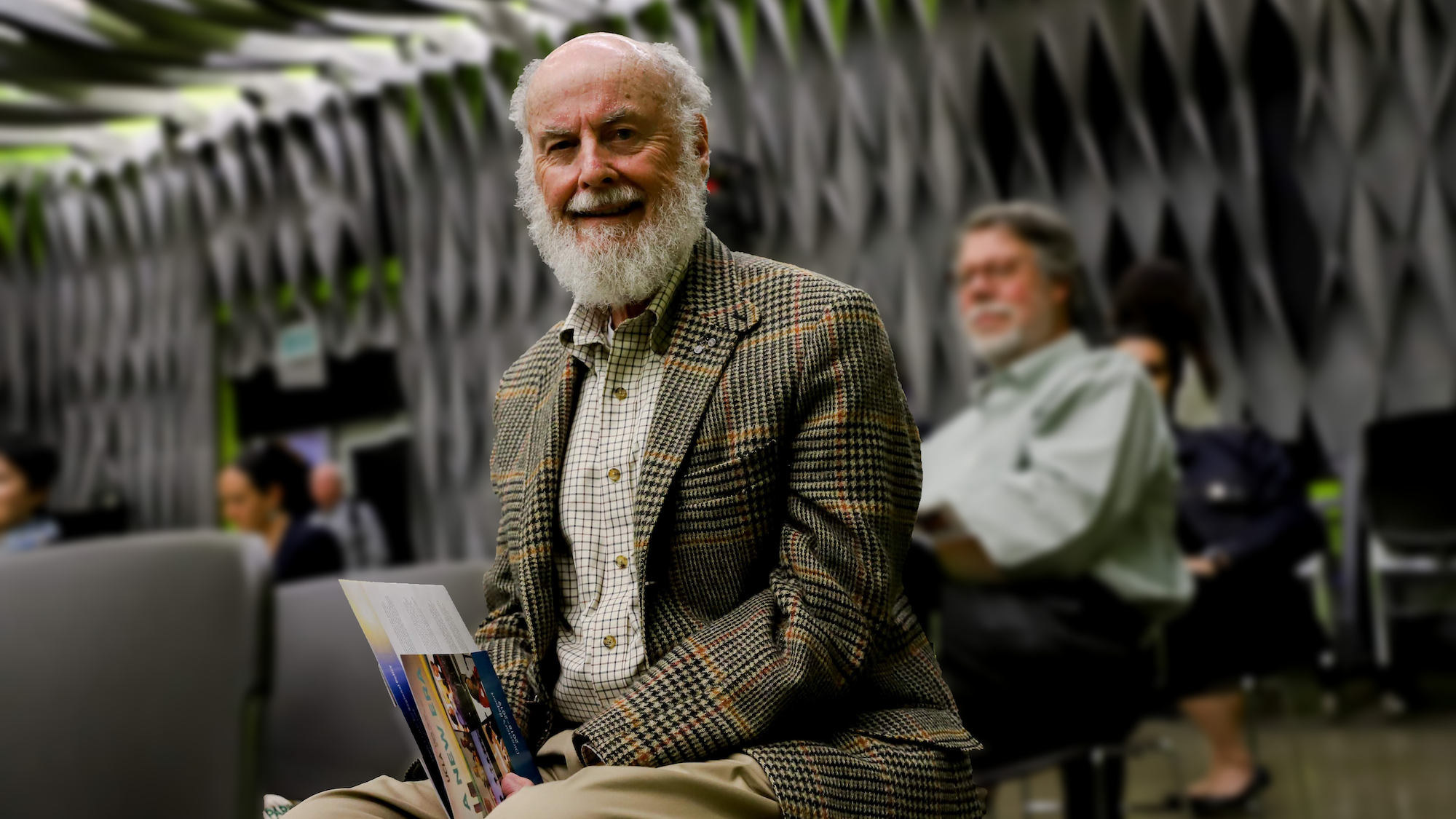
Remembering Donald Shoup
UCLA ITS’ 2nd director and a visionary scholar reshaped cities with his pioneering work on parking, inspiring legions of ‘Shoupistas’ and lasting change.


